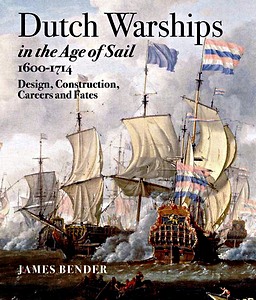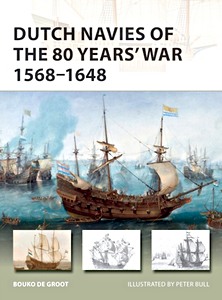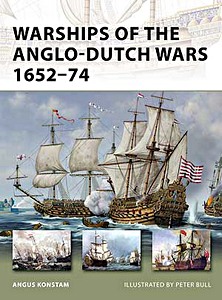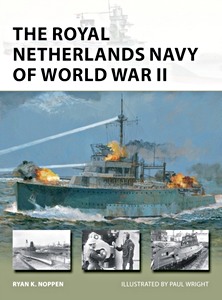Dutch Warships in the Age of Sail 1600-1714 - Design, Construction, Careers and Fates
For most of the 17th century the Netherlands constituted the most important maritime power in the world, with by far the largest merchant fleet and a dominance in seaborne trade that other countries feared and envied. Born out of an 80-year struggle against Spain for independence, the Dutch republic relied on naval power to guarantee its freedom, promote its trade and defend its overseas colonies.
The Dutch navy was crucial to its survival and success, yet the ships that made up its fleets are among the least studied of any in the age of sail. The reasons for this include a decentralised administration of five separate admiralties, often producing ships of the same name at the same time, the widespread co-opting of merchantmen into naval fleets, and competing systems of measuring ships, all of which leads to confusion and error.
The most significant contribution of this book is to produce the first definitive listing of all Dutch fighting ships - whether purpose-built, purchased, hired or captured - from the heyday of the United Provinces, complete with technical details and summaries of their careers. It also provides an appreciation of the administrative, economic and technical background, and outlines the many campaigns fought by one of the most successful navies in history.
With its unique depth of information, this is a work of the utmost importance to every naval historian and general reader interested in the navies of the sailing era.
Specificaties
| Auteur: | James Bender |
|---|---|
| Uitvoering: | 328 blz, 29 x 24.5 cm, hardcover |
| Illustraties: | 200 illustraties |
| Uitgever: | Seaforth Publishing (GB, 2014) |
| ISBN: | 9781848321571 |

Dutch Warships in the Age of Sail 1600-1714 - Design, Construction, Careers and Fates
Taal: Engels
Kopen bij bol.comKopen bij Amazon NL
Kopen bij Amazon BE







